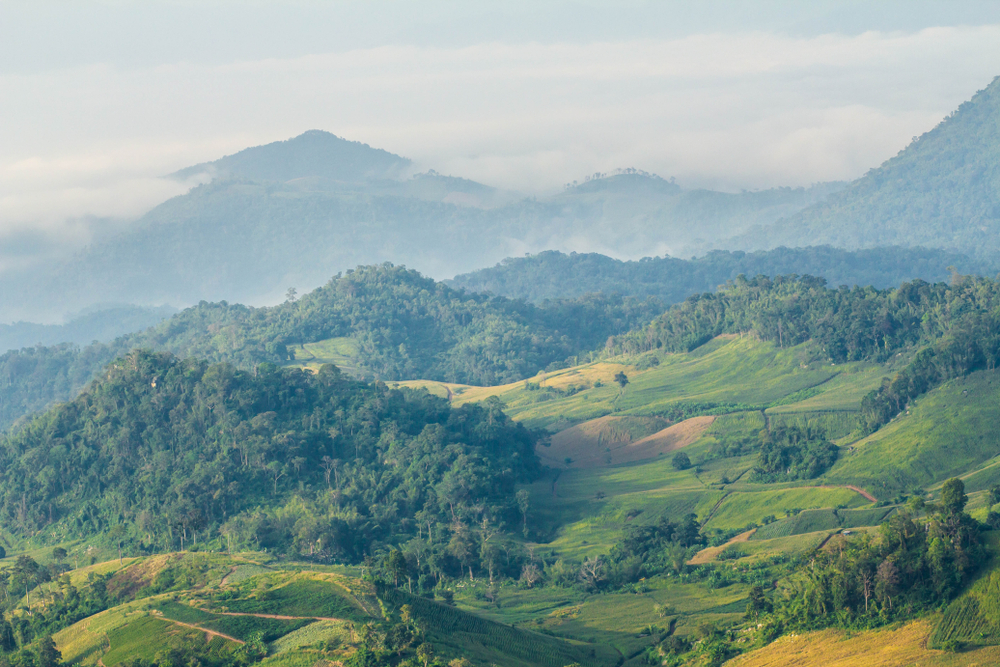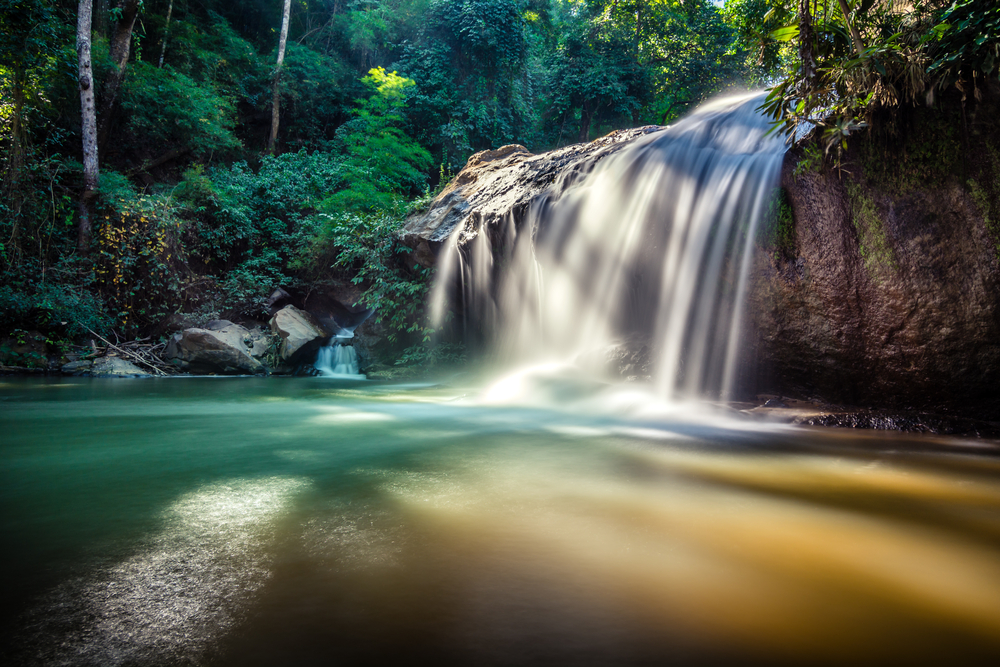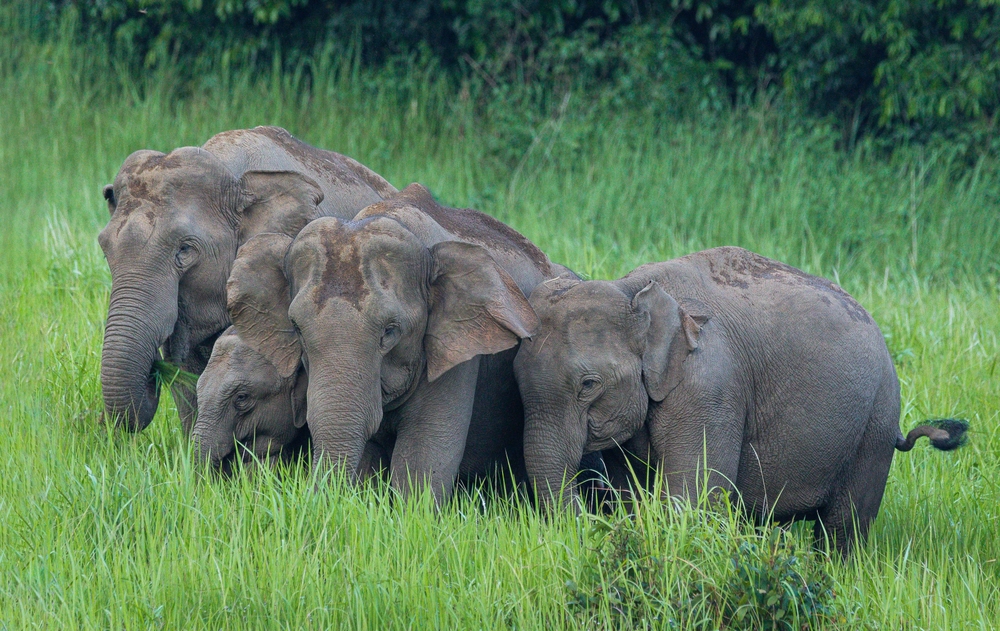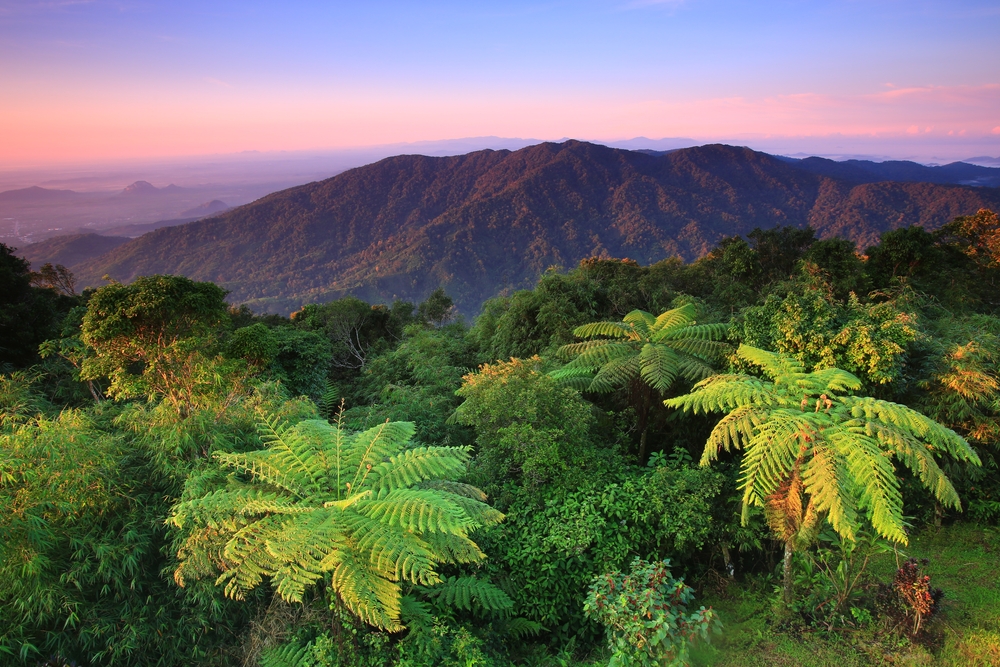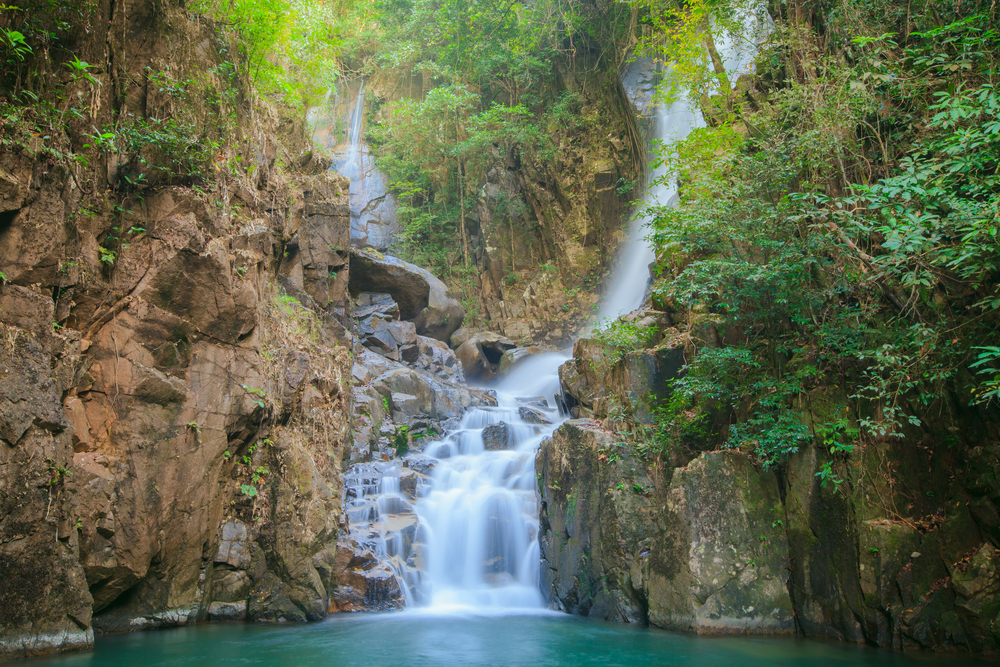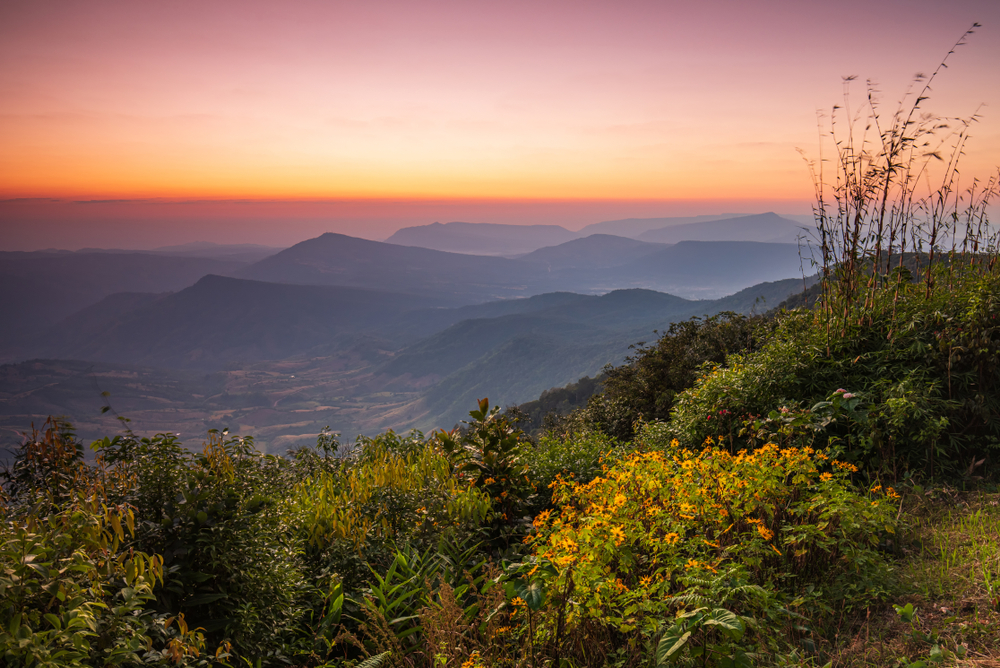Phu Toei Overview
Phu Toei National Park, locally known as อุทยานแห่งชาติพุเตย (Uthai Thani), is a serene and biodiverse haven in Thailand’s Uthai Thani Province. Covering an area of approximately 198 square miles (513 square kilometers), the park boasts rugged terrain characterized by lush mountains, dense forests, and cascading waterfalls.
Phu Toei is part of the western forest complex and offers a relatively untouched wilderness, making it a hidden gem for nature lovers seeking tranquility and raw beauty. The park’s terrain features rolling hills and steep mountains, with Khao Thong Mountain as a notable peak rising to 3,280 feet (1,000 meters) above sea level.
The landscape is a mix of deciduous and evergreen forests, creating a vibrant ecosystem. These forests include teak trees, bamboo groves, and various tropical hardwoods, which contribute to the park’s rich vegetation. Seasonal wildflowers often blanket the forest floor, adding bursts of color, especially during the cooler months.
Phu Toei National Park is home to diverse wildlife. Visitors might spot larger mammals such as leopards, serows, and barking deer. The park is also a sanctuary for smaller creatures like civets and pangolins.
Bird enthusiasts are drawn to Phu Toei for its avian diversity, which includes species like hornbills, bulbuls, and woodpeckers. The park’s streams and wetlands provide habitats for amphibians and reptiles, further enriching its biodiversity.
A standout feature of Phu Toei is the Huai Mae Tho Waterfall, a multi-tiered cascade that flows year-round, drawing visitors for its picturesque beauty and cooling mist. The park is also known for its sacred Phu Toei Buddha Cave, a site of cultural and religious significance. These features, combined with panoramic viewpoints from elevated trails, create an unforgettable experience for visitors.
Phu Toei offers a variety of ways for visitors to immerse themselves in its natural beauty. Hiking is a popular activity, with trails ranging from easy walks to more challenging treks that lead to breathtaking viewpoints and waterfalls.
Birdwatching and wildlife spotting are also highlights for eco-tourists. Camping under the star-studded sky provides an intimate connection with the park’s tranquil atmosphere. For those interested in local culture, visits to nearby villages allow a glimpse into the traditions of the region’s communities.
Conservation efforts at Phu Toei are aimed at preserving its unique ecosystems and protecting its wildlife from threats like illegal logging and poaching. Collaborative programs between the government and local communities have yielded successes in forest restoration and wildlife monitoring. However, challenges such as managing tourism sustainably and mitigating the impacts of climate change remain ongoing. The park’s dedication to these efforts underscores its importance as a natural and cultural treasure.








































































